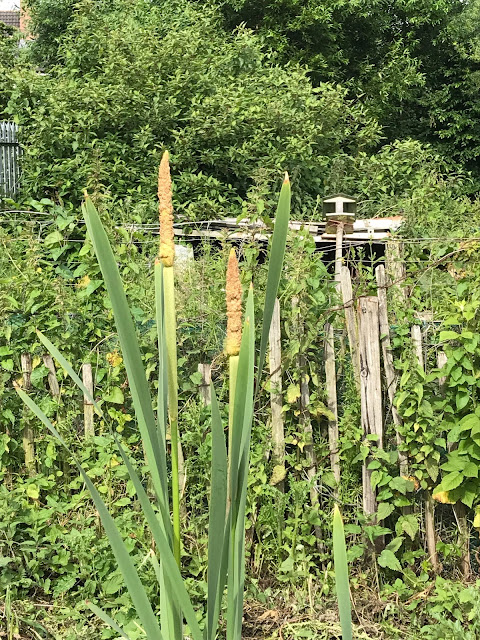A fine example of Plantago major

I was fretting somewhat back in March about this genus, and worried that its absence meant my allotment mycorrhizae were not thriving. Which was of course baloney, as you can see, I have this fine plant, and several other specimens around the place. It's a weed to be tolerated, given its hyphal nutrient bridging abilities. The fact is with plants, if they're common and have unspectacular flowers, they just don't get noticed per se, beyond a vague notion of "I need to hoe these weeds". But this one's been noticed, now, and I'm going to gather seeds from it and deploy it as a companion plant next year.



